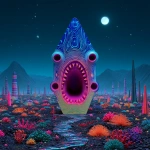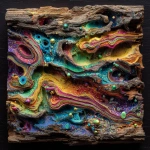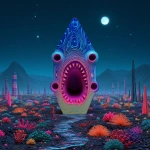Explore the Best AI Image Gallery
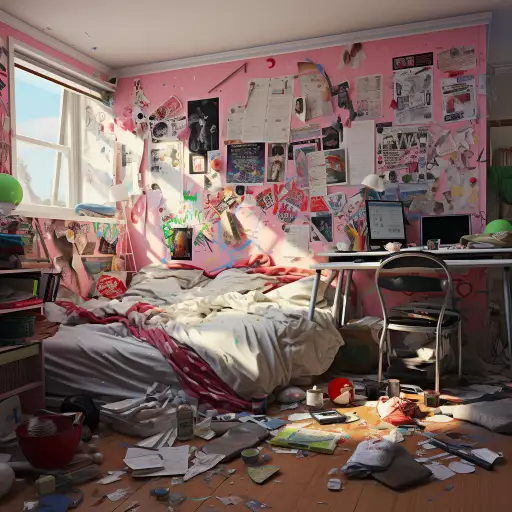
Pixels and Perceptions: AI-Generated Images Reshaping the Art World
The art world is experiencing a seismic shift, fueled by the emergence of artificial intelligence (AI) capable of generating stunningly realistic and imaginative images. These AI-powered tools, often referred to as text-to-image generators, are blurring the lines between human creativity and machine ingenuity, sparking both excitement and debate about their implications for the future of art.
At its core, AI image generation involves training complex algorithms on massive datasets of existing images. These algorithms learn to recognize patterns, styles, and compositions, enabling them to produce novel visuals based on textual prompts or descriptions provided by users.
Unleashing Creative Potential: Applications Across Industries
The applications of AI-generated images extend far beyond the realm of fine art.
- Design and Advertising: Creating eye-catching visuals for marketing campaigns, product mockups, and website design.
- Entertainment and Gaming: Generating characters, environments, and assets for video games, movies, and animation.
- Education and Research: Visualizing complex data sets, creating simulations for scientific exploration, and enhancing educational materials.
- Fashion and Retail: Designing new clothing lines, visualizing outfits, and personalizing customer experiences.
Navigating Ethical Considerations
While the possibilities are vast, the rise of AI-generated images also raises important ethical considerations:
- Copyright and Ownership: Questions arise regarding who owns the copyright to AI-generated works—the creator of the algorithm, the user providing the prompt, or the AI itself?
- Bias and Representation: AI algorithms are trained on existing data, which may contain biases that are reflected in the generated images. This can perpetuate harmful stereotypes and inequalities.
- Authenticity and Deception: The ability to create highly realistic images raises concerns about the potential for misuse, such as generating deepfakes for propaganda or misinformation.
Shaping the Future of Art
The integration of AI into art is still in its nascent stages. As technology evolves and ethical frameworks are developed, we can expect to see:
- Increased Collaboration: Artists and AI systems working together as creative partners, leveraging each others strengths.
- New Artistic Expressions: The emergence of novel art forms that push the boundaries of creativity and imagination.
- Democratization of Art Creation: Making art creation more accessible to individuals without formal training or technical expertise.
AI-generated images have the potential to revolutionize the art world, offering exciting possibilities for innovation and expression. However, it is crucial to approach this transformative technology with a thoughtful and ethical lens, ensuring that it serves to empower creativity and enrich our cultural landscape.
](https://images.ai-img.art/thumbnails/150/ebc95932b25c17607076ed8d2a4bafc85c3371cf3f2d45c35741505fe3c97de1.webp)

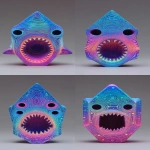
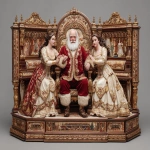
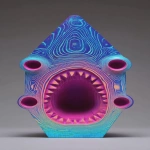
](https://images.ai-img.art/thumbnails/150/98325fa7102e81df81f1dba6df8df52929b4fa41b058192faf3c77cf94513ff7.webp)

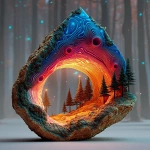
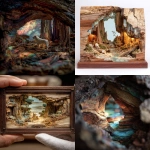
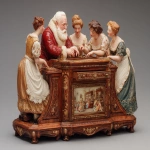
](https://images.ai-img.art/thumbnails/150/769518185300fcbda91b7bbf92b9007bc856379accd52eaf7983f9aec379e88e.webp)
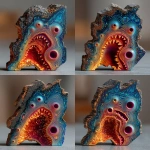
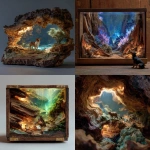
](https://images.ai-img.art/thumbnails/150/914cb18c03c97bdba2f290c0ec1573d5792bf399dbad7f484614764eb31f4c2f.webp)
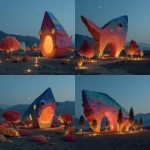
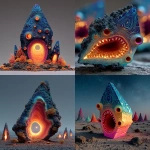
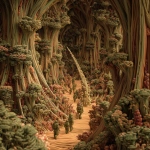
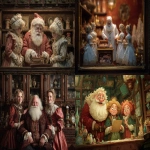
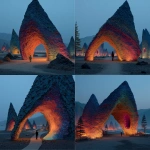
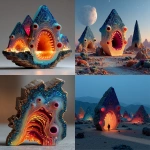
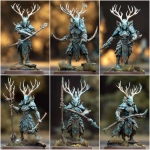
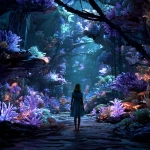
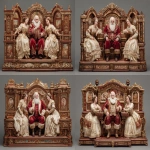

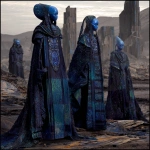

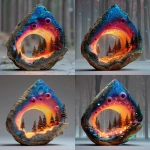
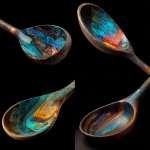
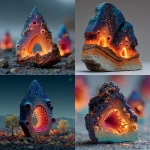
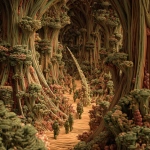
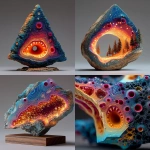
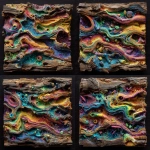
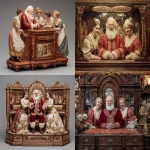
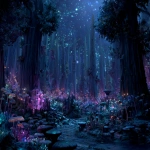
](https://images.ai-img.art/thumbnails/150/3b65287fef447a6ad61bcb18b5b9d03b6f6f74603ae0e058f81f4b91a3e02f36.webp)
](https://images.ai-img.art/thumbnails/150/7d9de60c58579b921ad140a9e1d752642452d5086b74a27d866e8af04608ed7d.webp)
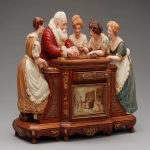
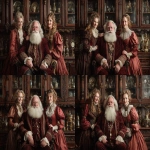
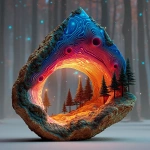
](https://images.ai-img.art/thumbnails/150/a31f622763ce0ecb2e76a907e566b81cfcc171e8d9b8b393f27681be24b6ca91.webp)
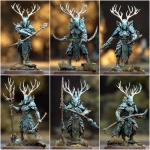
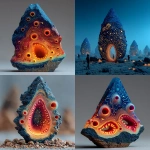
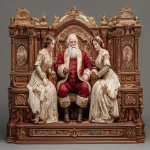
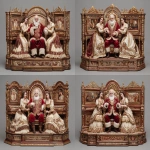
](https://images.ai-img.art/thumbnails/150/ac7218edd6198d49ed8d9853a5890595fc4d2a7a11c2e8a7ee8bcfbc7bfe265e.webp)
](https://images.ai-img.art/thumbnails/150/09314c003088f7174f747fa65105eca599e0842cf69e637ce4c98ebefd3f50ab.webp)
